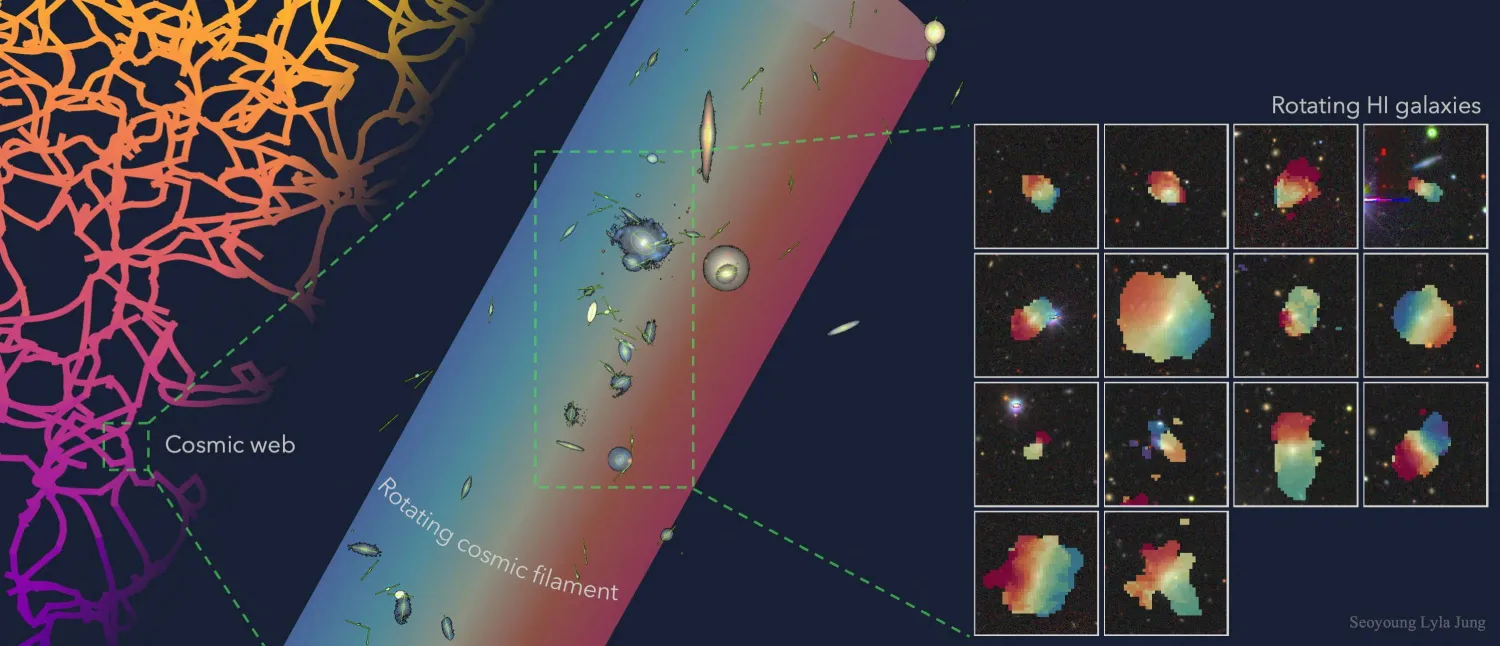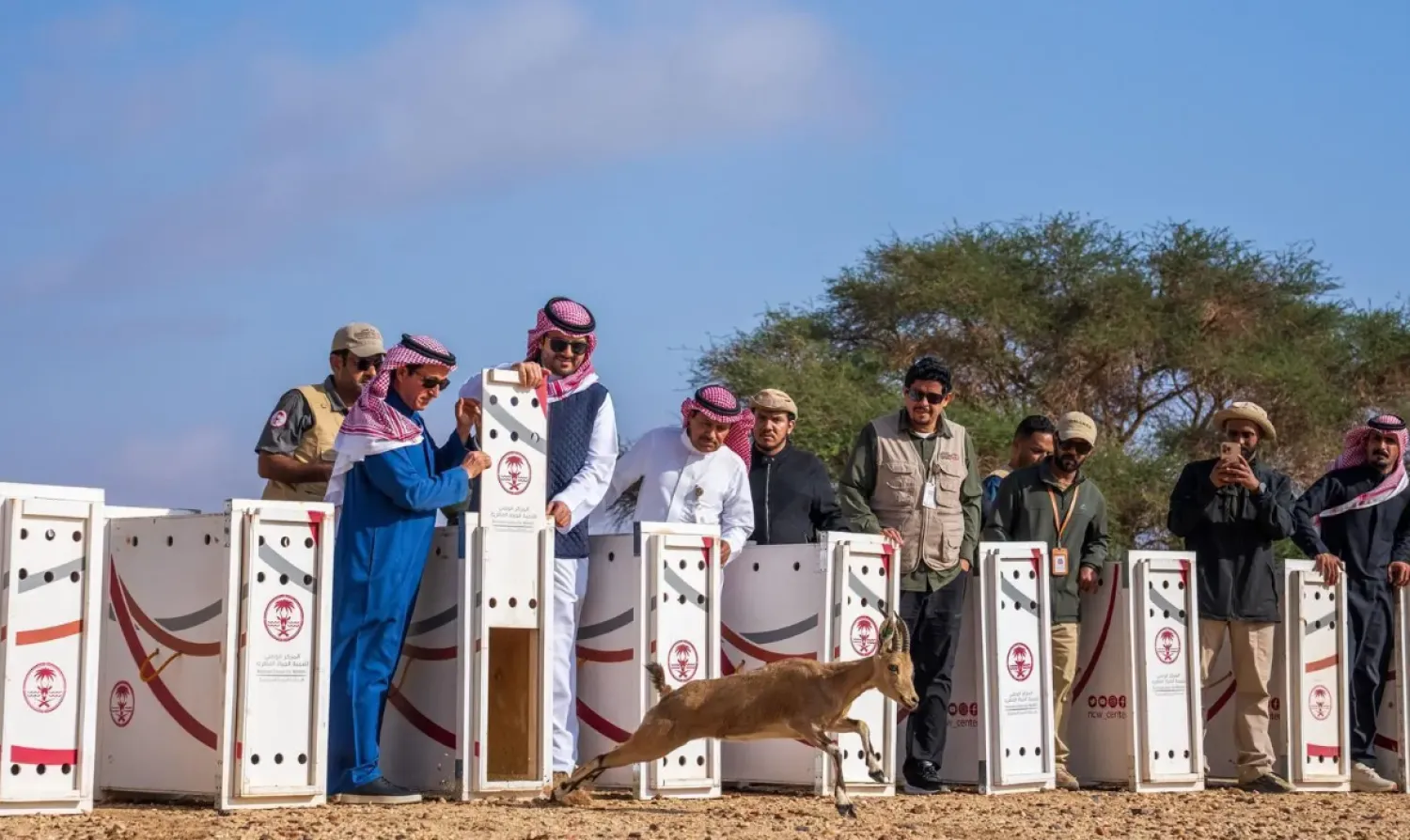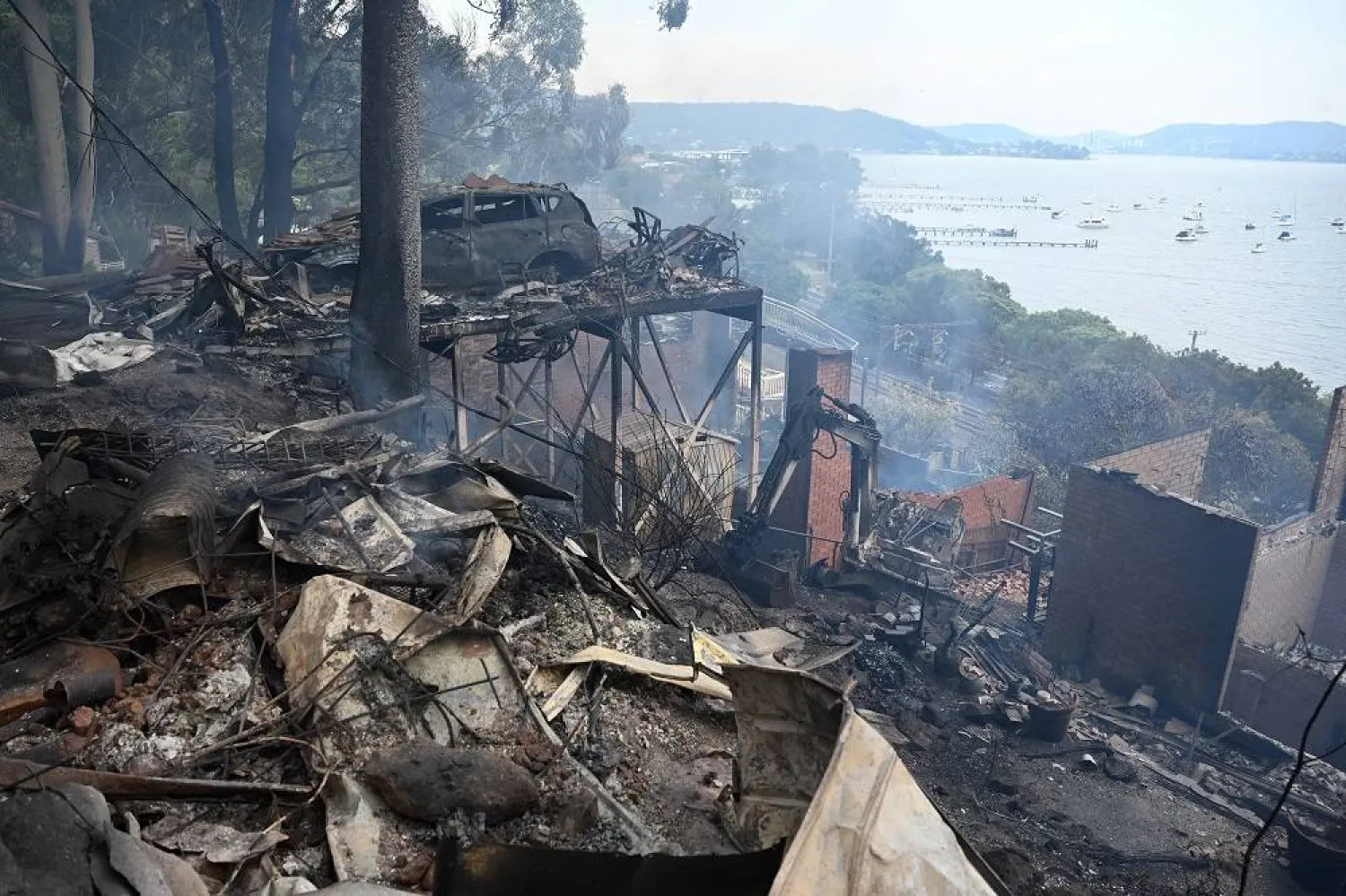Cruise Saudi, a Public Investment Fund company, has announced that AROYA Cruises’ inaugural ship, AROYA, arrived in Jeddah on Saturday in preparation for establishing Jeddah Islamic Port as the primary departure point for its tourist cruises in the Red Sea.
The occasion was celebrated with a traditional plaque and key ceremony attended by Chief Executive Officer of Cruise Saudi Lars Clasen, President of AROYA Cruises Dr. Jörg Rudolph, Captain of AROYA Jan Gelinder, and Chief Destination Experiences Officer Barbara Buczek.
According to a statement, after months of dry-docking and innovative design work in Bremerhaven and Rotterdam—where 95% of the ship’s spaces were completely transformed to reflect Arabian heritage—AROYA is now set to provide “an exceptional cruising experience with a fully reimagined interior.”
The ship, the statement added, is outfitted with a wide range of world-class facilities, including a souq-inspired shopping district—the largest retail area ever built on a cruise ship—luxurious spa facilities, a wellness center, 29 restaurants, lounges, and cafés, 20 entertainment venues, and one of the largest children’s play areas at sea.
Cruise Saudi confirmed that the infrastructure and logistics services at Jeddah Islamic Port are fully prepared to accommodate large cruise ships, following a comprehensive modernization of its facilities. The port’s historical significance as the primary gateway to the Two Holy Mosques in Makkah and Madinah further enhances its status as a global tourist hub.
“The arrival of AROYA marks the beginning of a new chapter for Cruise Saudi and tourism in Saudi overall, in line with Saudi’s Vision 2030,” said Chief Executive Officer of Cruise Saudi Lars Clasen.
“Cruise Saudi was only launched in 2021, and witnessing the arrival of our first owned ship just three years later is a huge milestone. We are so grateful to the whole Cruise Saudi team for their hard work and dedication and are excited to be offering something truly unique to local, regional, and international guests with the first-ever Arabian cruise line,” he added.
AROYA’s maiden voyage will depart Jeddah on December 16, taking passengers on a three-night journey across the Red Sea.









